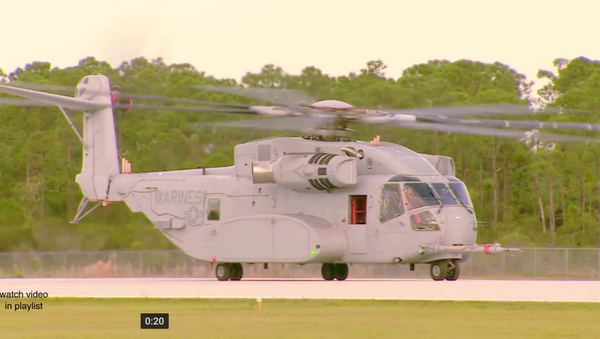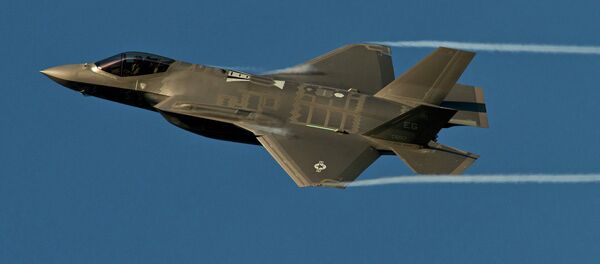The Defense Acquisition Board is getting ready to review plans for the first two dozen King Stallions, the helicopter chosen by the US Marines to replace the Super Stallion.
Sikorsky, the designer of the CH-53K King Stallion, was acquired by Lockheed Martin from United Technologies Corp. in 2015.
"The 53k program," CFO Bruce Tanner said, "drove most of our valuation as to why we wanted to own Sikorsky.” Tanner expects the "lion’s share" of revenue from the Sikorsky business unit will be generated by CH-53K Stallion sales, particularly in the overseas markets, over the "next ten to 15 years."
There are plenty of risks to selling US military technology to foreign nations, however, even if the nation is a NATO ally.
Reliance on King Stallion international sales poses risks to Lockheed since such agreements are constrained by "political and economic factors, regulatory requirements, significant competition, taxation, and other risks associated with doing business in foreign countries," Lockheed said in a quarterly SEC filing submitted in January.
Cost estimates for the King Stallion have steadily been rising, and reports suggest they may continue to rise further. In 2016, Lockheed and Pentagon analysts boosted projections of the King Stallion’s cost 14 percent from the baseline. Recently, a US representative was told that costs may now baloon 21 percent above the baseline estimate, to reach $122 million per aircraft, Sputnik reported.
If costs are contained from this point further, “it seems worth pointing out that $122 million per aircraft in 2006 dollars exceeds the [2017] cost of an F-35A for the Air Force by a significant margin,” Rep. Niki Tsongas of Massachusetts said.



